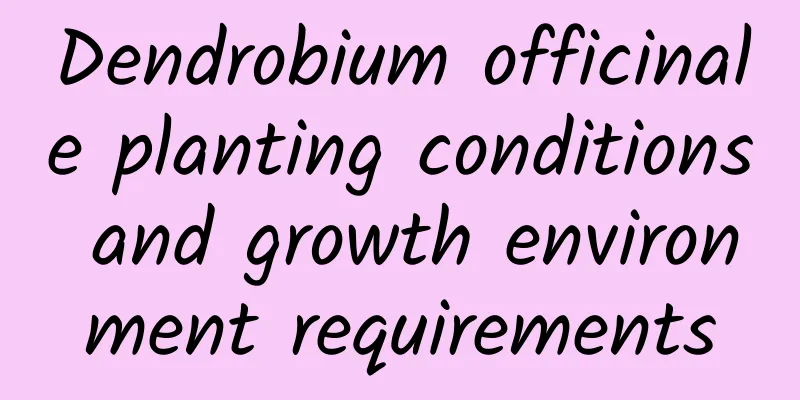How to care for hydrangeas by repotting them in summer?

|
Hydrangea , scientifically known as Hydrangea macrophylla, is a shrub native to East Asia, popular for its brightly colored flowers and spherical inflorescences. They are commonly found on the edges of gardens, in corners of courtyards or in flower beds. To keep hydrangeas in their best condition during this period, repotting becomes one of the indispensable management measures. So how do you care for hydrangeas by repotting them in summer? Let’s take a look below. 1. Why is it necessary to repot? Over time, the soil your hydrangeas are grown in will age and lose nutrients. During the growing season, hydrangea roots will continue to absorb nutrients from the soil, causing the soil to become infertile. Old soil can affect the root health and growth rate of hydrangeas, and even affect the quality and quantity of their flowers. Therefore, regular repotting can effectively renew the soil, providing fresh nutrients and a better growth environment for the hydrangea roots. The process of repotting is not just a simple replacement of pots and soil, but also an improvement and optimization of the living environment of plants. By repotting, you can not only remove the aged soil around the roots, but also stimulate the growth of the roots, making them more developed and healthier. This renewal process helps the plants absorb nutrients better and improve their disease resistance, thereby enhancing the vitality and ornamental value of hydrangeas. 2. How to repot? Choose the right time: The best time to repot is in late spring and early summer, when hydrangeas are growing vigorously and their root systems are active. Avoid repotting during extreme weather conditions to avoid causing additional stress and damage to the plant. Prepare a New Pot and Soil: Prepare a new pot, making sure the new pot has good drainage and is the appropriate size to accommodate the hydrangea's root system. Choose flower soil rich in organic matter and nutrients. You can add appropriate amount of humus or slow-release fertilizer to help provide adequate nutrient supply. Remove the hydrangea and clean the roots: Carefully remove the hydrangea from its original pot, trying to keep its root system intact. You can use your fingers to gently loosen up the old soil to allow the roots to be fully ventilated and released. Tidy up the roots and fill in new soil: Remove the old soil attached to the roots by gently rinsing them with warm water or gently spreading them with your fingers. Place a layer of drainage stones or crushed ceramics at the bottom of the new pot, then add new soil, place the hydrangea roots in it, and gently pat the soil to ensure that the roots are in close contact with the soil. Proper watering and light management: Hydrangeas need an appropriate amount of water after repotting to help their root growth and nutrient absorption. At the same time, hydrangeas prefer plenty of sunlight, but in the strong summer sun, they can be properly shaded to prevent the leaves from being sunburned. 3. Maintenance tips after repotting After repotting, hydrangeas need special attention to the following points to ensure their healthy growth and continued blooming: Water regularly: Hydrangeas need to keep the soil slightly moist during their growth period, but avoid waterlogging to prevent root rot. Usually watering once a week is sufficient, adjusting according to weather and soil moisture. Fertilization and conditioning: After repotting, hydrangeas can be applied with diversified fertilizers once a month, which contain various nutrients such as nitrogen, phosphorus, potassium, etc., which help promote flower bud differentiation and growth, and improve the color and quality of flowers. Regular pruning and shaping: Regularly pruning off yellow leaves and overly long branches will help keep the plant neat and beautiful in shape, and promote the growth and opening of new flower buds. That’s it |
<<: How to manage loofah to produce more fruits?
>>: What fertilizer is best for peppers?
Recommend
Do gardenias bloom in autumn?
1. Do flowers bloom in autumn? It can bloom in au...
How to raise spring fern in winter
How to survive the winter Room temperature contro...
How to propagate lucky bamboo by cuttings
Lucky bamboo is one of the most common plants in ...
Homemade flower fertilizer stinks? 3 tips to get rid of odor!
Add something to eliminate the smell 1. Rice vine...
When and how to repot bougainvillea
Bougainvillea repotting time It is recommended to...
Fertilization method of Daphne koreana
Fertilization frequency In fact, Osmanthus fragra...
Bowl lotus cultivation methods and precautions
1. Potting soil To grow bowl lotus, you need to u...
The difference between dripping Guanyin and calla lily
The difference between the dripping Guanyin and t...
How to identify Wenzhousu
1. Rhizome The roots of Wenzhousu are relatively ...
When is the best time to plant Patchouli seeds?
Patchouli seed planting time Patchouli is a peren...
How often should I water the bird's nest fern?
How often should I water the bird's nest fern...
How often should you water your mint?
How often should you water your mint? Mint grows ...
Five reasons why azaleas die
1. Poor ventilation If ventilation is poor for a ...
Does the colorful caladium prefer shade or sun?
Caladium is a plant of the genus Caladium in the ...
How to grow lotus bamboo in water
1. Breeding conditions 1. Water quality Hydroponi...









